Pre-Season Checklist for Deer Hunters
Are you ready for deer season?
By Darron McDougal
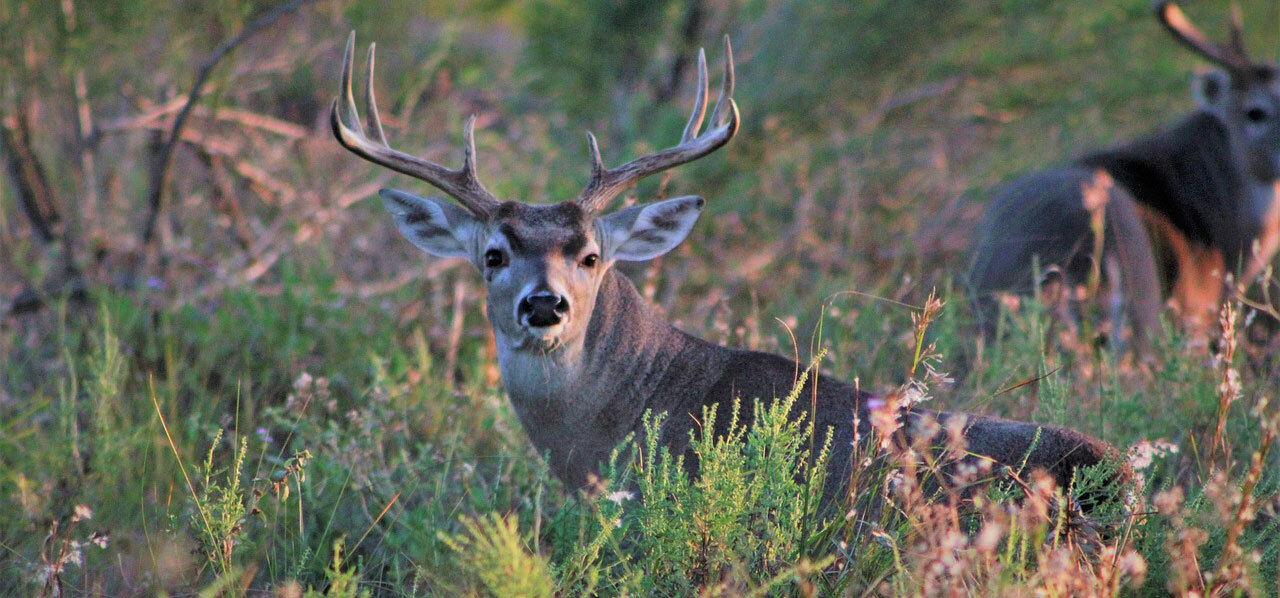
Sweat poured from my brow as I walked away from the treestand setup that I carefully positioned about 60 yards behind a standing cornfield. Deer trails intersected in several places around the stand, and I had nearly 360 degrees of shooting coverage. My anticipation was high for the coming opener.
On opening afternoon, I once again was sweating profusely following the 500-yard walk to my pre-positioned stand. Even the 85°F temps and swarming mosquitoes couldn’t squash my optimism. Carefully, I climbed the tree, got everything situated and began my afternoon patrol.
Soon, a fawn meandered through the timber and out to the cornfield. I believed the early encounter meant that I was in for a flurry of deer movement. But, all was still until only 2 minutes of legal light remained. That’s when splashing in the creek behind my stand indicated that something was approaching.
I grabbed my bow as the footsteps came closer. A 10-pointer appeared 25 yards away, and as I was preparing for a shot, he suddenly bolted. I mouth-grunted, stopping the buck at an estimated 30 yards. My arrow zipped through his ribs just behind the shoulder. He took off, splashing through the creek before all went silent.
My brother met me, and we quickly found my blood-soaked arrow and then a prominent blood trail. It took only a few minutes to locate my opening-day buck just beyond the creek. My success was a gift from God and the result of dedicated preparation.
If you want to give yourself the best chance to succeed this deer season, here are four boxes you’ll need to check off before the opener.
1. Scout
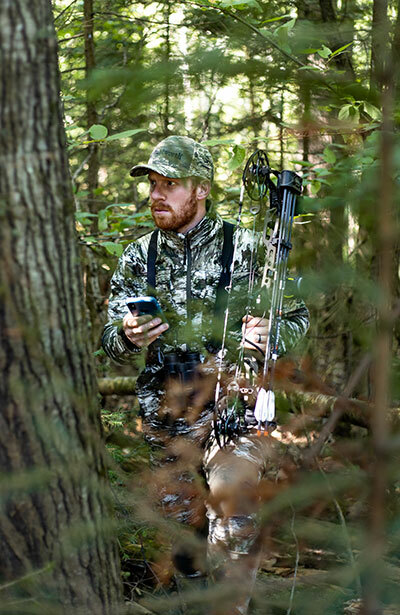
Lucky hunters occasionally stumble upon big bucks, but those who have an in-depth knowledge of the property or properties they hunt are more routinely successful. Scouting not only helps you determine what type of bucks are roaming the area, but it also helps you understand how and why deer use the property so that you can hunt it more effectively. Further, scouting enables you to identify what deer are doing this year, as patterns can change to some extent annually (think crop rotations and individual animal tendencies).
The vital first step in scouting is to reference a satellite view of the property you’ll be hunting using a map-based hunting app. I personally use HuntStand Pro Whitetail and highly recommend it. I can learn a ton about the property, including terrain features, agriculture, cover, potential access and more. This overview largely informs my on-foot scouting so that I don’t blow deer off the property by wandering where I shouldn’t. I can decide which areas to avoid, possible access routes and areas deer might potentially bed and feed.
If you hunt farmland, another way to scout without tromping around is to sit a distance from an agricultural field and glass it with optics. You can see which bucks are coming out during daylight, where they enter the field and where they like to feed based on wind direction.
Don’t forget trail cameras! These are invaluable. The downside is that they cover only a small swath of real estate, but if you canvas your hunting area with several cameras, you’ll gather tons of valuable information that can influence your hunting plans. Plus, they’re scouting 24/7.
Now, with conventional cameras, you’ll need to visit the camera location to swap SD cards. But, with today’s venerable cellular trail cameras, you get access to the images and videos through your phone. The info you get is very current, and you don’t need to visit the camera to obtain it.
The three scouting mediums I referenced so far are all designed toward minimizing human impact on the property. Of course, you can’t kill a deer unless you get in the woods, and sometimes the best and most useful scouting info is obtained by viewing hunting locations in person. Be as tactical as possible.
Best scouting practices:
- Don’t enter the property when you know your scent will be blowing toward a potential bedding area.
- Don’t be noisy and clank treestand gear together.
- Don’t use footwear that hasn’t been de-scented.
- Don’t allow your clothing to brush against grass and leaves. Minimize your impact.
2. Gear Checklist
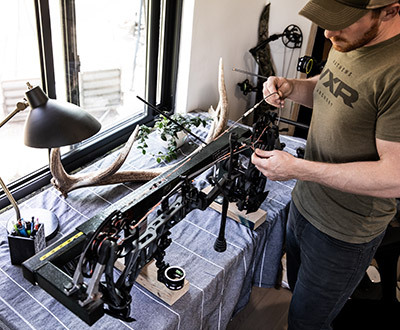
My family used to own an archery pro shop, and the week before the archery opener was always our busiest. That’s because scores of hunters are bad planners and preparers. Time gets away, and then everybody scrambles at the last minute.
Don’t assume that your equipment is ready to go just because it was when you put it away following last year’s hunting season. Regardless if you hunt with a bow, firearm or crossbow, go over it with a fine-tooth comb and try to identify any potential issues long before you plan to hunt. Hunting time is precious, and the nightmare of an in-season equipment breakdown can rob your hunting time.
If you hunt from treestands, inspect the straps and cables of your stands and climbing sticks. If you hunt from a saddle, check it for rips or fraying. If you use pop-up blinds, check for broken rods and replace them. If you hunt from permanent stands/blinds, inspect the ladder and check for stinging-insect nests. Go through all of this stuff early and be sure it’s ready for deer season. Your safety could depend on it.
Other things to do are blow your deer calls and make sure they’re working. Go through your flashlight(s) and replace batteries so that when you have to blood trail a deer in the dark, you’re not scrambling for a decent light. Give all of your equipment a once-over.
3. Scent Elimination
It’s extremely important to wash your hunting apparel in a scent-eliminating laundry detergent. I begin by spraying the inside of the washer and dryer with a scent-eliminating spray. Next, I wash and dry all of my hunting apparel. I make sure it is entirely dry, and then I spray my hands with a scent eliminator before transferring the apparel to an airtight plastic tote.
You can take it another step and keep your clothing in an ozone “closet” such as Scent Crusher’s The Locker. Ozone destroys odors on clothing and other gear. Ozone has three molecules in comparison to two in oxygen. Several online resources describe ozone’s effectiveness on odors as the extra molecule attaching itself to other molecules and changing them structurally to eliminate the odor. There are also small ozone units that plug into your vehicle’s 12V DC outlet, which is great because vehicles teem with odors.
I use Ozonics ozone generators while hunting. These in-field units are designed to clean the air between you and the animal, making you virtually indistinguishable. I’ve had whitetails, mule deer and elk downwind of me within archery range for minutes at a time while running my Ozonics, and they didn’t spook.
Prior to hunting, shower in scent-eliminating shampoo, conditioner and body wash. Hair holds odors, and sweat from the armpits and groin area are incredibly foul to deer even if they’re hardly noticeable to us. When you reach your hunting location, spray your apparel and gear with a scent-eliminating spray. During the hunt I referenced at the beginning of the article, I even carried the spray bottle along and sprayed myself down — especially my hair and armpits — a couple of times while I was in my stand since I was sweating from the hot temps.
Scent control isn’t 100 percent effective, but if you’re extremely thorough with it, it can save you if the wind unexpectedly swirls or at least buy you more time to take the shot if an animal hits your wind and pauses to assess the faint odor.
4. Increase Your Proficiency
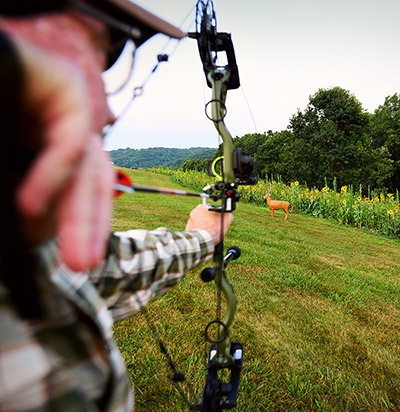
You can scout your boots off and peg a buck’s pattern. You can have all of your gear ready. You can be a scent-control freak. But, if you can’t place a killing hit when a buck steps into your shooting lane, all of your other efforts are virtually worthless. You must become proficient with your weapon of choice, and you must be able to make your shot with the added pressure of adrenaline coursing through your body.
I’ve been shooting a bow for 30 years, and I’ve found that proficiency comes from repetition. Life gets busy, and sometimes we don’t practice as often as we should. That’s when things like muscle memory and proper shot execution suffer. Fundamentally, shooting an arrow is pretty straightforward. But, shooting an arrow with proper execution is a very detailed process. So, you must spend weeks and months practicing and improving your shot sequence so that you’re truly ready for that one golden opportunity during deer season.
Crossbow and firearms practice is also important, but proficiency is often far easier to achieve with a scoped weapon than with a bow. However, many people struggle with forcibly pulling the trigger rather than squeezing it due to shot anticipation. The movement of pulling the trigger can move the scope reticle off the intended aiming point immediately before the shot breaks, and that can substantially affect shot placement.
I would know. In my teens, I was waiting for my father to pick me up when two does wandered by. I started aiming at one of them and then pulled the trigger with some force. I wasn’t just a little off; I missed the deer completely.
Punching the trigger, whether it’s on an archery release, crossbow or firearm, is often the result of shot anticipation. You’re subconsciously worried about where your bullet or arrow will hit, or you’re worried about the loud report and recoil. That anticipation causes punching and punching causes flinching. You have to overcome this by focusing on aiming, breathing and squeezing the trigger until the shot surprises you.
While you’re trying to develop proficiency, it helps to add pressure to your practice. I like to get my heart rate up to simulate an adrenaline rush, which causes shakiness and heavier breathing. I also invite others to watch me shoot, which introduces pressure to produce. And, I create archery shot scenarios in which missing the target will entail a miss and broken arrow. Adding more challenges to your practice and acing them builds confidence for hunting.
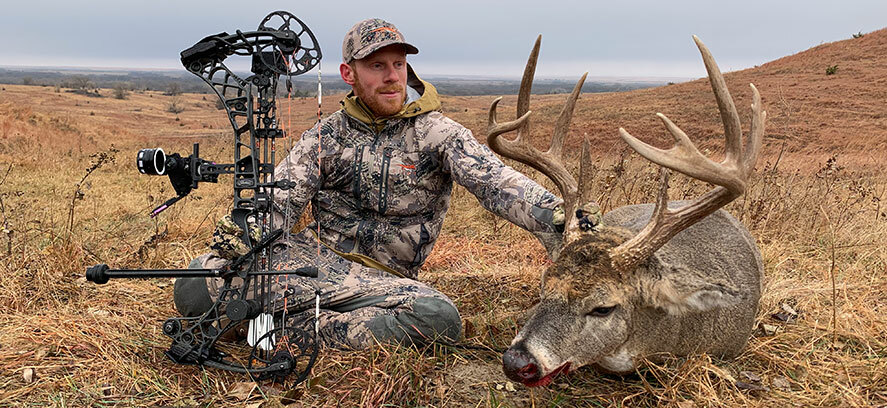
Are you Ready for Deer Season?
Now that we’ve run through the checklist, are there any boxes that you still need to check off before you go deer hunting this fall? The steps outlined above won’t guarantee success, but they’ll put you in a far better position to get an opportunity to take a deer and then capitalize with a lethal hit.
